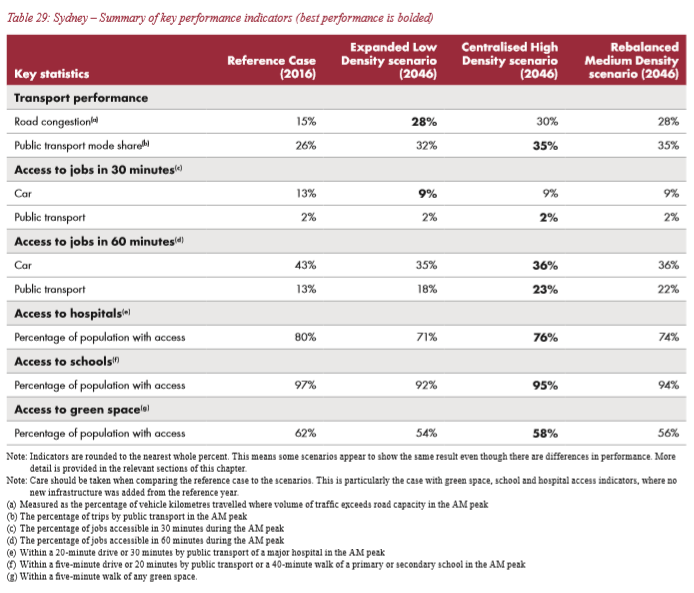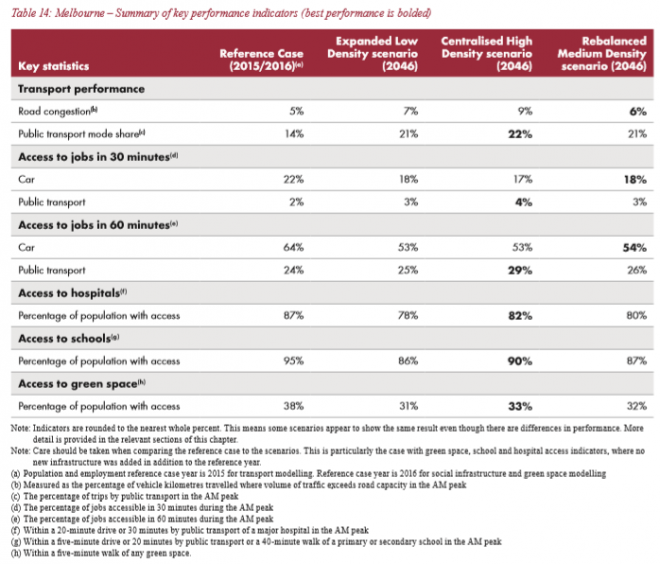Over the weekend, political commentator, George Megalogenis, penned a long-winded article in Fairfax warning of economic catastrophe if net overseas migration (NOM) is allowed to fall:
Even a single year without migration could unleash an economic and social catastrophe, as country towns see their populations decline in absolute terms and the growth rates of capital cities are reduced to near zero…
Either way, Australia faces the prospect of two, or even three years without the stimulus of mass migration.
To place this shock in context, consider the population story of the past three years. Australia grew by almost 1.2 million people between 2016 and 2019…
More than half a million migrants, or 73 per cent of the total intake, settled in the three largest cities, Sydney (243,000); Melbourne (241,000) and Brisbane (55,000)…
A nightmare scenario for Australia during the health crisis is that the property bubble bursts in one or more of the big cities.
Curiously, George Megalogenis doesn’t once mention any downsides from Australia’s hyper-growth. Rather, it is presented as being unambiguously positive.
This is strange given in May 2017, Megalogenis warned that the immigration tidal wave flooding into Melbourne and Sydney is “potentially catastrophic”:
“If most of the population growth that’s already in train for the next 10, 20, 30 years ends up in Sydney and Melbourne, we’ve got a problem. But if we are able to pull-off decentralisation – something we’ve been talking about for more than 100 years as a nation… – we may be able to fit the next 10 or 20 million people a lot easier than otherwise would be the case”…
“You look at Sydney’s topography and it can’t fit another million people easily. And you look at Melbourne’s, and it will fit in another million but at the expense of livability because they just keep pushing the boundary out. That next million, that next two million, that each city knows is in train could be divided quite neatly across not just the Eastern Seaboard but inland…”
“The default setting to me could potentially be catastrophic for the country over the next 20 years if people just end up in Melbourne and Sydney”.
Remember, Infrastructure Australia’s own projections are for all indicators of liveability in Sydney and Melbourne to deteriorate as their populations swell to a projected 7.4 million and 7.3 million by 2046 (let alone to 10.2 million by 2066, as projected by the ABS):


If George Megalogenis was intellectually honest, he would have mentioned these costs in his one-eyed puff piece hailing Australia’s rampant immigration-led population growth.
For too long, Australia’s economy has relied on importing hundreds of thousands of people every year to work in non-tradeable services industries, alongside increasing household debt. Together, these have driven consumption and malinvestment into property and catch-up infrastructure, rather than productivity, which has ultimately eroded living standards.
Moreover, adding roughly one million people every 2.5 years has necessarily diluted Australia’s fixed mineral base, thus diluting wealth per capita and making us individually poorer than we otherwise would have been.
An economy built around endless population growth is a dumb economy.
The COVID-19 pandemic is a perfect opportunity to reset immigration back to early-2000 levels and create a more sustainable Australia built on growth in both productivity and individual living standards.
Lower immigration will lower the Australian dollar and input costs such that Australia grows more by creating and exporting goods and services rather than importing people.
It changes growth drivers, it does not eliminate them.

